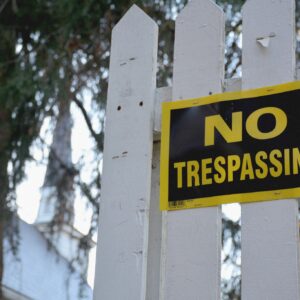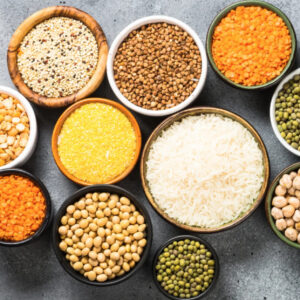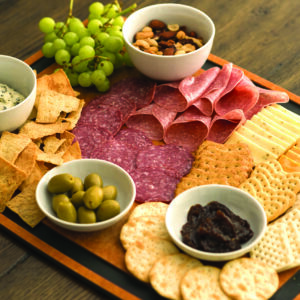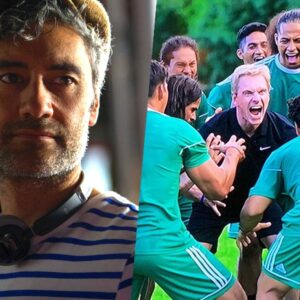
Diohe’ko (Our Sustainers) are integral to our culture and history. Diohe’ko means more than the Three Sisters, including all of the cultivated foods that sustain our lives. It is true that our ancestors grew three main crops together – corn, beans and squash – but they also planted a wide variety of other crops.
 The origin of corn, beans and squash is told in the Creation Story. The Sky Woman was gifted with seeds before she journeyed into this world. The Creator created corn from the living earth, preparing it for the humans that he also created from the same living clay. Once two human figures were formed and animated, he instructed them as to what it would take to live well in the newly create world.
The origin of corn, beans and squash is told in the Creation Story. The Sky Woman was gifted with seeds before she journeyed into this world. The Creator created corn from the living earth, preparing it for the humans that he also created from the same living clay. Once two human figures were formed and animated, he instructed them as to what it would take to live well in the newly create world.
He explained that this will be a place of perpetual regeneration, that each season life would return to the earth in the form of plant medicines/foods, maple sap, ripening strawberries, as well as returning fish and passenger pigeons. At one point he sent the new couple on a path to describe what they saw. At the end of the path was a hole on the ground, with the dirt heaped into a mound. In that mound grew corns, beans and squash – the model for our ancestral gardens.
Metaphorically, he was also showing him that our path on earth will end at our grave, where we will be put into the loving arms of Mother Earth, to help enrich the earth for the sake of the coming seasons.
J.N.B. Hewitt, the Tuscarora scholar who worked for the Bureau of American Ethnology in Washington, DC in the early 1900s, wrote that our ancestors believed that our bodies contained two parts of the souls. One part leaves our body upon death and makes a year-long journey to the Sky World. The other part, according to Hewitt, rests within our bones that are buried in the earth. That soul provides spiritual energy that I believe aids our gardens.
Protecting corn is also incorporated into the narrative of the formation of the Great Law of Peace. Along the Peacemaker’s journey he finds men guarding corn fields from enemy marauders. Part of his message is that we have to share what we produce, and that people should not live in fear or horde food.
When the Peacemaker confronts Jikonsase, the woman who was aiding and abetting the warriors, he convinced her to stop feeding the warriors so that their reign of terror would come to an end. In one version of the narrative, Jikonsase actually tries to poison the Peacemaker with bad food. He gets her to cook good food instead, as good food from Creation has spiritual power to assist in fostering the Good Mind, proving that we are what we eat.
Rick Hill is the Senior Project Coordinator for the Deyohahá:ge: Indigenous Knowledge Centre. Look for part two of this story in next week’s Healthy Roots section of the Two Row Times.











